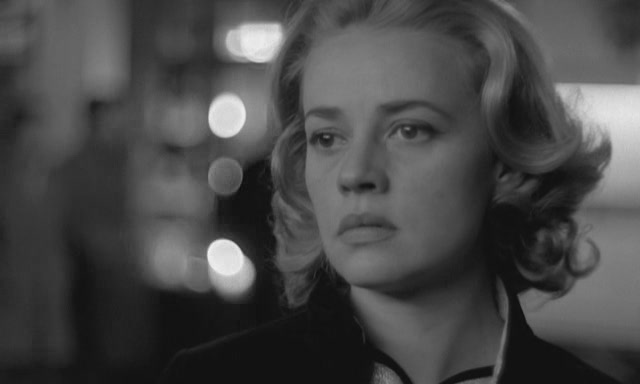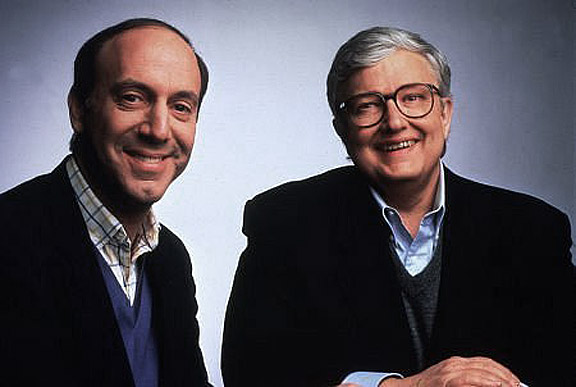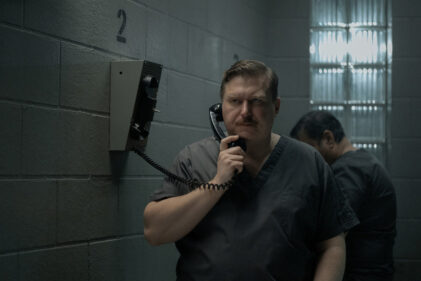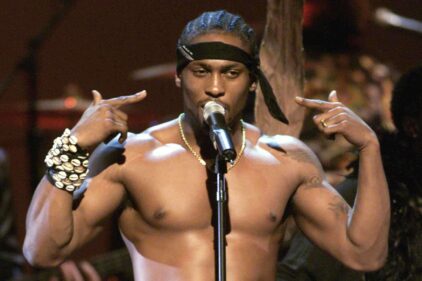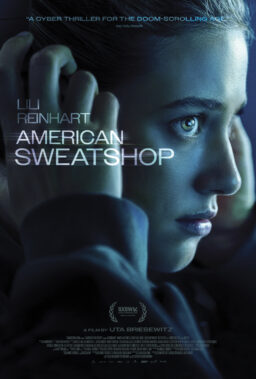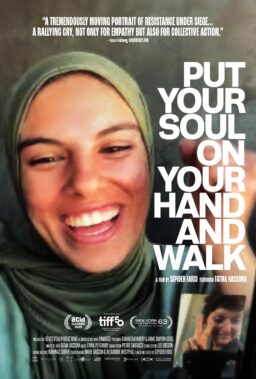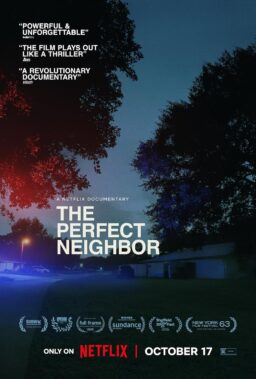“Elevator to the Gallows” is a French film noir. Specifically, it’s a French film about the French idea of what film noir is all about.
The genre is usually distinguished by criminal schemes that grow knottier by the second, until they strangle the characters in a sexy-nasty-sad-ironic convergence of justice (or injustice). But cowriter-director Louis Malle’s 1958 tribute to one of the greatest American contributions to world cinema has almost zero interest in geometric narrative. It’s mainly about the trappings of film noir: the gorgeous but sad or deluded people wandering starkly lit corridors and inky streets, oppressed by architecture and consumed by longing or greed; the cigarette smoke roiling through nightclubs and bars; the hepcat music wailing from bandstands and jukeboxes and from inside of the movie’s fevered brain. If an international tourist who didn’t speak much English saw “Criss Cross” or “The Big Sleep” or “Scarlet Street” or another classic noir and then tried to describe what they loved about it, they’d probably cite the qualities that Malle’s movie shoves into the foreground and lights in stark chiaroscuro.
There’s not much plot in this film, just a series of situations that have a common origin point, then unfold for a solid hour along parallel tracks, then converge again at the end. A former Legionnaire named Julien Tavernier (Maurice Ronet) is in love with Florence Carala (Jeanne Moreau), the unhappy wife of a rich industrialist. One night Tavernier sneaks into the industrialist’s building, shoots him in his office, and stages the crime scene to look like a suicide. Back down on the street, Tavernier realizes he forgot to unhook the cable that he used to climb down through the victim’s window; when he goes back up into the building to retrieve it, the night watchman turns off the power, trapping him in the titular elevator. Back down on the street, a petty crook (George Poujouly) and his flower shop attendant girlfriend (Yori Bertin), who know Tavernier and are in awe of his mysterious steely machismo, steal his convertible and go on a long joyride. Florence just happens to see the flower shop girl in the passenger seat of her boyfriend’s car, assumes Tavernier ditched her, and spends the rest of the film wandering Paris in shock, looking gorgeous and distressed as she passes out of shadows and into spotlights and back into shadows.
At this point the movie starts to become less interested in complications and twists and more interested in watching people who are completely oblivious to what’s actually happening to them wander Paris and its outskirts, meeting interesting people and having strange, often delightful conversations that fill in details of their backstory and psychology. The endearingly shaggy midsection of “Elevator to the Gallows” feels less like a classic, drum-tight American noir from the 1940s or ’50s and more like a post-’70s film that’s as much a poem about cities as it is a drama about people who live in one. Think of Martin Scorsese’s “After Hours,” Wong Kar-Wai’s “In the Mood for Love,” Jim Jarmusch’s “Mystery Train” or “Night on Earth,” to name just a few beloved features whose visuals have (strong or faint) traces of film noir, but are ultimately about the voyeuristic pleasure we get from watching eccentrics be eccentric and beautiful people be beautiful, in funky apartments and smoky bars, on winding side streets and electric avenues. There are many long shots of Tavernier trying and failing to escape the elevator and Florence walking among tall buildings looking forlorn while Miles Davis’s improvised score wails and thrums and noodles its way around the images. This movie is high on itself. The buzz never fades.
There are magic moments of delicate negotiation between image and music where we are seeing and hearing a conversation between cultures, not merely a French film with a score by an American. Davis’ music at times seems to slyly validate this dreamy American-influenced cityscape. It’s a mostly nocturnal playground devised by a bunch of Frenchmen who are all so intoxicated by their fantasy of Americanness (like Jean-Luc Godard fetishizing Jean-Paul Belmondo fetishizing Humphrey Bogart in the following year’s “Breathless”) that they don’t care how true it is (we don’t care, either, because it looks and sounds so great). At the same time, the music puts across the mentality of a wise, unsentimental American (specifically a black American) who knows that white French filmmakers and writers tend to sentimentalize and even caricature American blackness, jazz music, Yankee signifiers of “cool,” and the more brazen postwar trappings of American life (including guns, motels, and the lure of the open road, all featured here) but are happy to encourage their fantasies, up to a point, because they come from affection and respect, and are a lot better than what they had back in the States.
The score is so unusual for a movie of this time, and so fully realized, that it stands alone as a self-contained, adjacent work of art, less an accompaniment or handmaiden to the film than a mirror of its essence. After being connected with Malle by his jazz-loving assistant, Davis hired bunch of French session musicians (Barney Wilen on tenor saxophone, René Urtreger on piano, Pierre Michelot on bass) plus American drummer Kenny Clarke (who had relocated to Paris) and brought the together at Le Poste Parisien Studio. As Chadwick Jenkins wrote in his excellent PopMatters appreciation of the soundtrack, “The jazz artist was given a private screening of the film. He apparently worked out some sparse harmonic sketches in his hotel room and this was the only material he brought with him to the recording session. No themes, no parts, no lead sheets (aside from the simple alternations of chords)…The sequences of the film needing underscoring were projected in front of the band and they improvised music to the scenes based on the harmonic outlines Davis provided.” Davis and his sidemen didn’t overdub and did not do very many takes, and Malle ultimately used their work in bits and pieces, sometimes hard-cutting into and out of snatches of the score, often using it to spackle over what might otherwise have felt like tediously indulgent sections. More often than not, what you hear on the soundtrack is an instantaneous, intuitive response to shots of people, cars, buildings and the like, not necessarily to the story or the characters—an approach that suits a film that’s figuratively and sometimes literally comprised of smoke and mirrors.
“Elevator to the Gallows” is best appreciated on a big movie screen, or in a darkened home viewing room with an excellent TV that can perceive fine shades of grey. Its meandering rhythms take some getting used to, and you’re never not aware that the movie is coasting on pure attitude throughout much of its running time. It does not seem to have been written and directed so much as composed and then performed, in the manner of a classic jazz arrangement rendered live for a paying audience. The opening flourish of incidents amounts to a statement of musical theme; this is followed a series of loose improvisations, and at the end there’s a restatement of the theme, incorporating the more memorable embellishments we heard in the middle section of the performance. If you asked me what “Elevator to the Gallows” was about, I wouldn’t talk about the story. I’d say it’s about a convertible’s top coming down, Jeanne Moreau’s face silently thinking, and Miles Davis’ muted trumpet, which laughs or sighs, depending.

